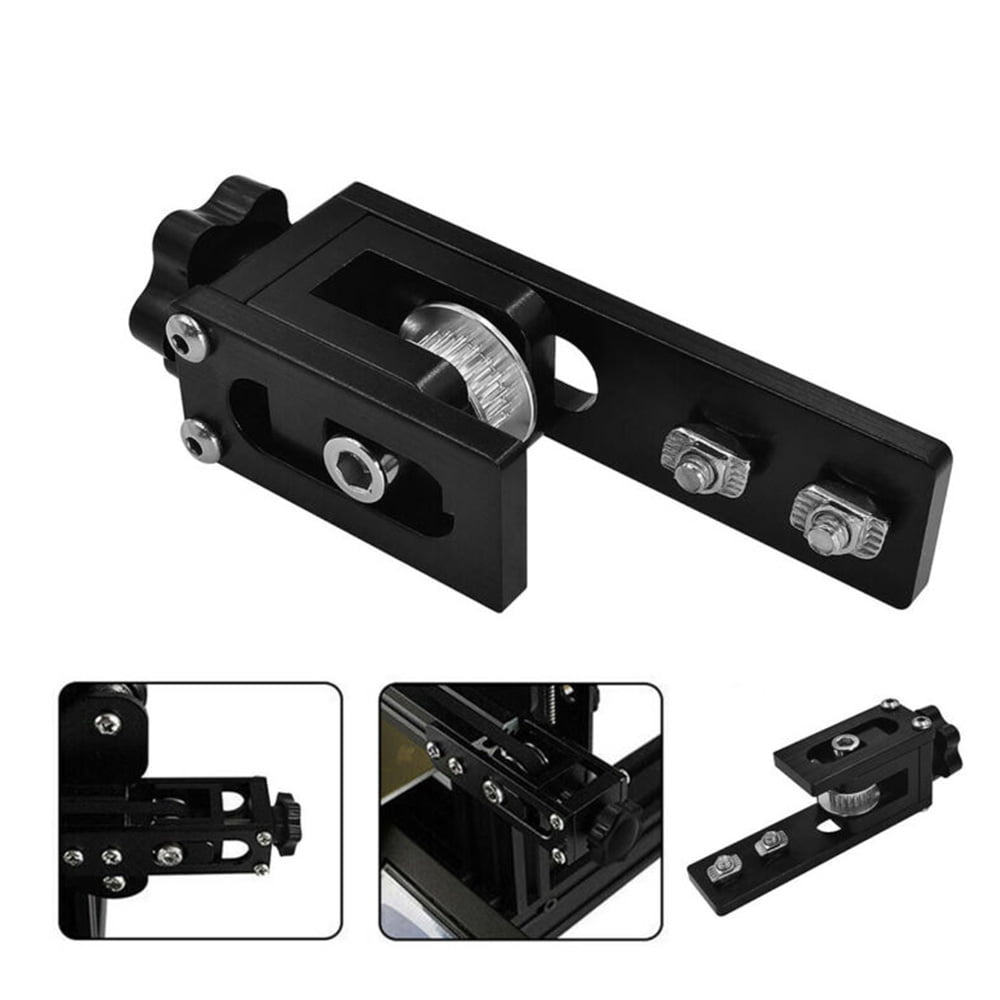

- Cetus3d rotation lock axis manual#
- Cetus3d rotation lock axis full#
- Cetus3d rotation lock axis software#
Note the disc brake for locking the axis… Lathe C-Axis uses a gear-driven sub-servo. Here’s another lathe with a sub-servo for the C-axis: It’s not visible in the photo, but it’s encoder (or possibly a transmission to engage/disengage it) as well as the cog belt system it uses to drive the main spindle are there.Ĭonstruction is pretty straightforward. – There is an auxilliary spindle indexing servo. – The spindle is driven by a couple of large multi-groove belts. Considerable side force can be applied during C-Axis operations and it is often important to be able to lock the axis while that happens. – There is a toothed gear and hydraulic spindle lock. – There is a collet pulling mechanism to open or close the collet or chuck. We can see a number of interesting functions from the photo: Think of it as the brute force approach.Īnother approach is to use a secondary servo that may be engaged or disengaged.

One obvious answer, used in many machines, is to use a servo as the spindle motor. How does one convert a spindle into a C-Axis indexer? Instead of an ordinary lathe tool in a turret position, there’s a miniature motorized spindle that can hold endmills, twist drills, saws, or whatever else is needed. This allows positioning the part with great position to any angle. The secret behind these machines is two-fold:įirst, they have the ability to treat the spindle as another axis, called the C-Axis. Here’s a great video of a Haas CNC lathe turning out such a part: They combine the best elements of a lathe and a milling machine to turn out complex parts quickly that would be much less productive if done as multiple ops across different machines.
Cetus3d rotation lock axis software#
Since the software only knows about the steps and thinks they correspond one-to-one to a distance change, it tells me that the z-offset is larger that it actually is.I’m fascinated by the mill-turn machines. When the motor has to work against the spring to push the nozzle down, the slight flexibility in the belt means that it has to do more steps to get to the build plate. This is what happened with the calibration. This is not a problem if the load on the belt is constant, but when the load changes, the height will not follow the steps of the motor one-to-one any more. At least the z-axis moves a little bit up and down when pushing or pulling on it. The z-axis belt seems to be slightly flexible. And it is easy to see why that is happening. When calibrating the nozzle height with the spring installed, I got considerably larger values for the z-offset than without it. This is when I noticed that the spring approach might not work after all. Fortunately it stuck on the left side and the print was finished and produced a usable (albeit lightly skewed) spring. This reduced the adhesion and the raft peeled off on the right side of the print. The z-axis could not reach the position it wanted to and the first layer was extruded at a too high position. I forgot to remove nr 3 before starting the print of nr 4. While printing nr 4, it also became obvious why this parameter had to be tuned: It took me until iteration 4 to get the height just about right. The nozzle could no longer reach the build plate. The first iteration already seemed promising, but it was too high. So I designed a plastic spring in Fusion 360 and got printing:
Cetus3d rotation lock axis full#
The spring would probably not be able to stop the thing completely before the nozzle touches the build plate if the z-axis fell from the top position, but a decelerated impact would be better than a full speed one. In normal operation, the z-axis would push the spring down to build the first centimetre of the prints. My first idea was to print some sort of spring mechanism that would catch the y-axis when it comes crashing down. Also it is much more fun to design your own solution.
Cetus3d rotation lock axis manual#
I would like to avoid any manual locking or unlocking.

When the z-axis is locked, it needs to be released manually when one wants to start a new print. This is done either manually or when the z-axis reaches a certain height. There are already a few designs out there that deal with this problem, but they usually just lock the z-axis completely.


 0 kommentar(er)
0 kommentar(er)
